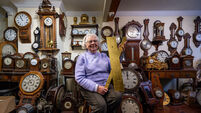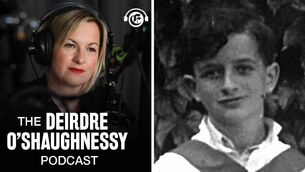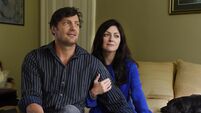Autism in women: 'My diagnosis was missed in childhood because I was socialised to comply'
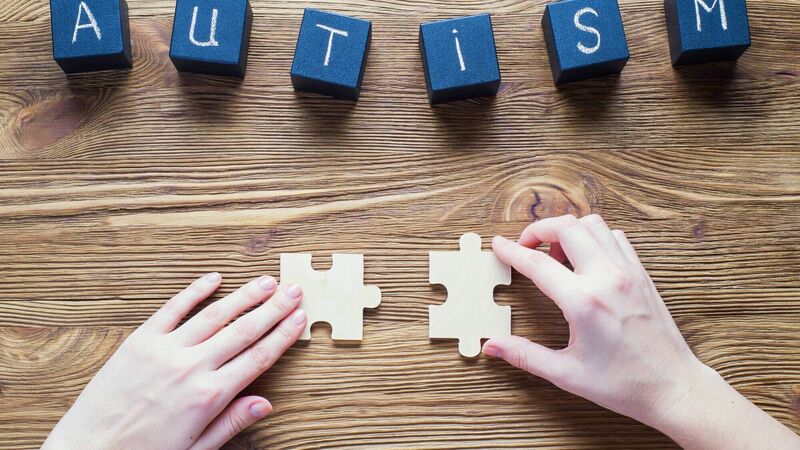
Social bias can lead to missed diagnosis so, for example, a little girl who is overly-formulaic about lining up her toys is seen as neat and cute, while a boy doing the same thing draws attention.
For many years it was believed that autism was a condition affecting only males. Kathy D'Arcy and Jody O'Neill, diagnosed later in life, explain how they spent years trying to decipher the secret code that seemed to allow others to communicate and connect so easily.
ONE IN 65 school children in Ireland has autism, according to the most recent study from the National Council for Special Education.
The study found 14,000 children and teens have an autism diagnosis which comes to about 1.5% of the school-going population.
A review carried out on the back of this study by the Department of Health in 2018 found within that figure about three times more boys are diagnosed with autism than girls.
The Irish Society for Autism says the figure generally accepted for prevalence across all ages is 1 in 100 but this requires further study in the light of the school-children findings
In Ireland about three times more boys are diagnosed with autism than girls, according to a review done by the Department of Health in 2018.
More and more women are getting a diagnosis in later life and they say more attention should be paid to their experiences.
Addressing a recent online seminar on this topic, speech and language therapist Elaine McGreevy said she often meets girls labelled as having oppositional defiant disorder or OCD. But she noted in many cases:
The webinar, organised by St John of God Research Foundation in collaboration with the Psychological Society of Ireland, heard from Irish women and girls on how their slow route to diagnosis affected them.
Ms McGreevy said in the past there was a gender-bias to research with most studies working with men.
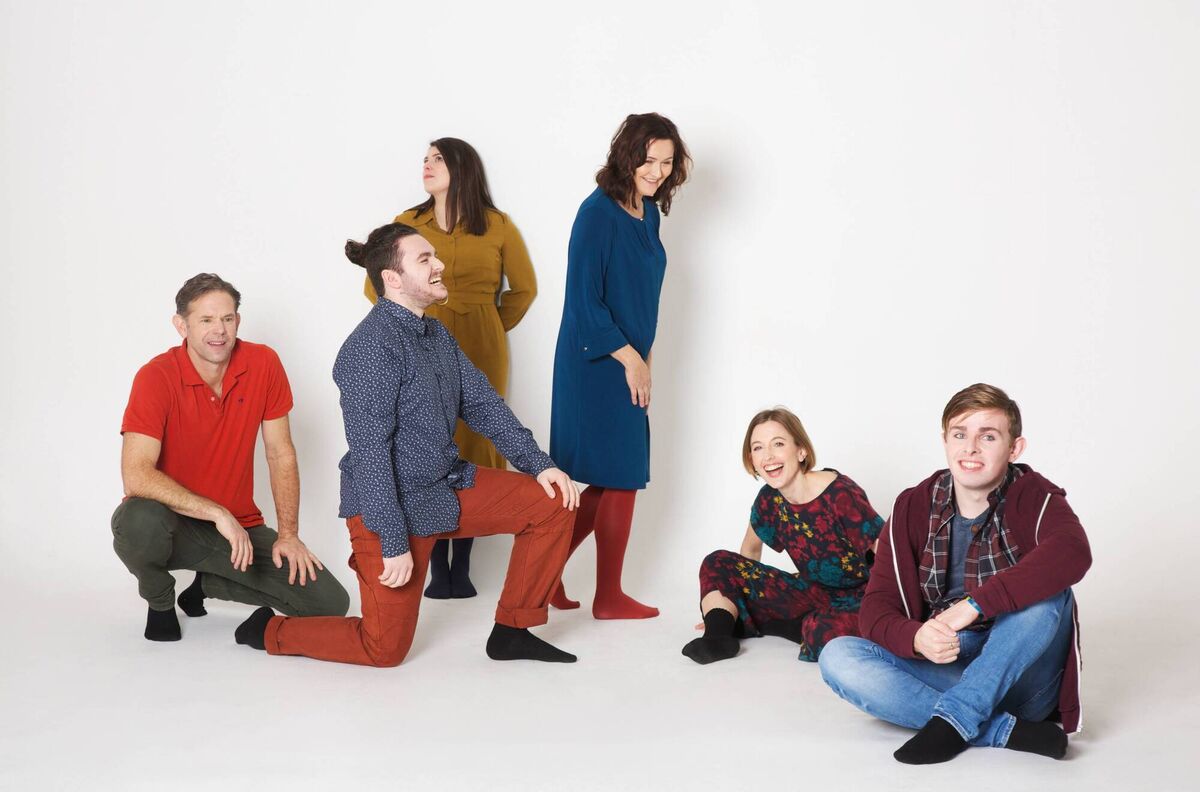
She quoted studies which theorised about an “extreme male brain” and excessive male hormones being responsible for autism.
“There has been a great effort to try and redress that balance,” she said, stressing that views on girls and autism are evolving.
“This classic female presentation is that a person is very likely to be a masking person, very able to socially manage a lot of situations while internally labouring really hard and excessive thinking of am I doing the right thing,” Ms McGreevy told the audience.
Social bias can lead to missed diagnosis, she said, so for example a little girl who is overly-formulaic about lining up her toys is seen as neat and cute, while a boy doing the same thing draws attention.
Ms McGreevy recommended a book by Damien Milton which contains interviews with autistic women.
She quoted women saying:
"We need to understand that the truth about autistic people is they are just as diverse as anyone else," said Ms McGreevy.
There is no single right way to treat autistic people, but focusing on social training can lead to girls and sometimes boys feeling they should mask their symptoms.
Describing this as “damaging” Ms McGreevy said: “Support people to be self-advocates, sometimes people need help from certain people at certain times to live the life they want to live.”
Advocacy group AsIAm also warns of the pre-conceived ideas linking boys to autism more strongly than girls.
They say even estimates of how many girls could have autism are unclear: “Various studies, together with anecdotal evidence according to the National Autistic Society, have come up with men/women ratios ranging from 2:1 to 16:1.”
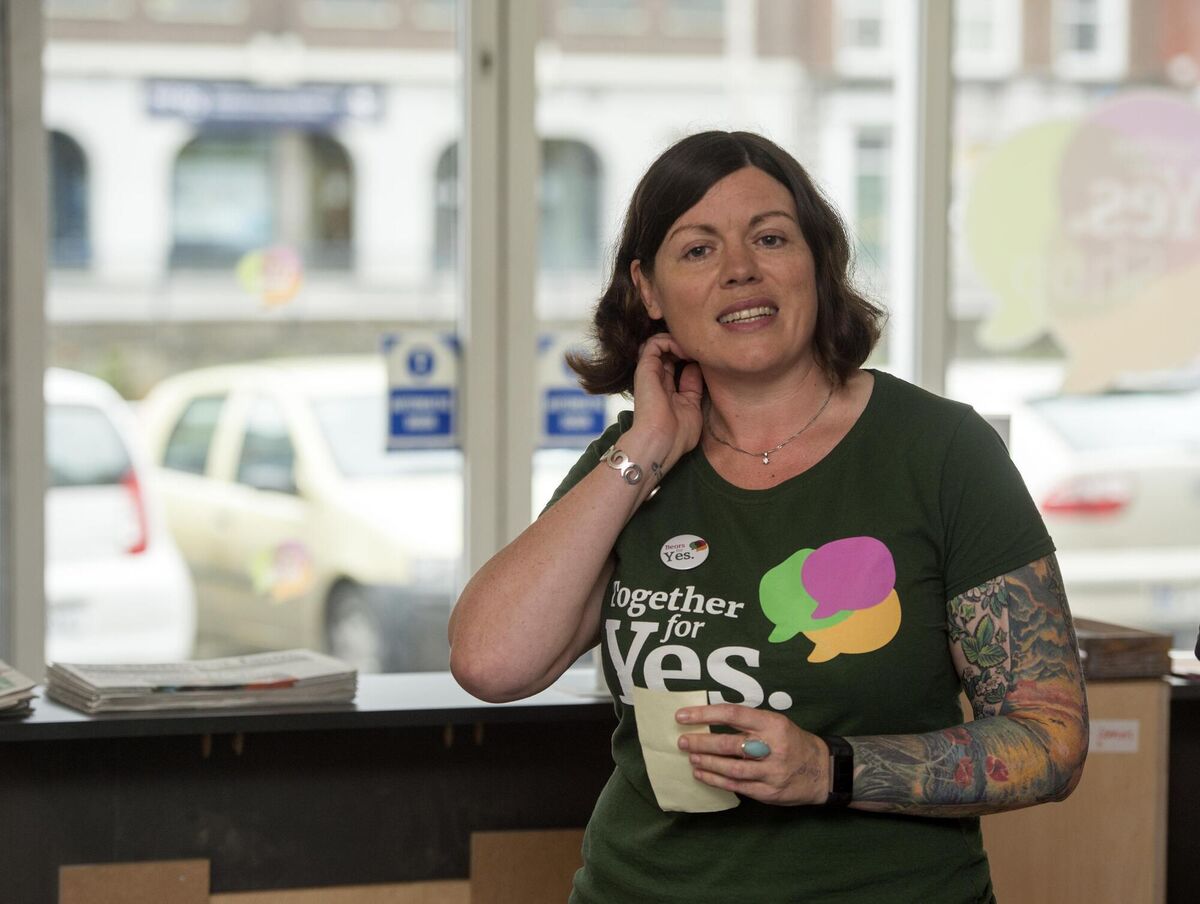
"Also because of specifics in culture around how boys are raised and perceived differently to girls makes it more likely that boys will be identified and girls won’t.

“When people are researching autism and girls and social camouflage they’ve discovered that you’re very vulnerable to bullying and you’re very vulnerable to exploitation.
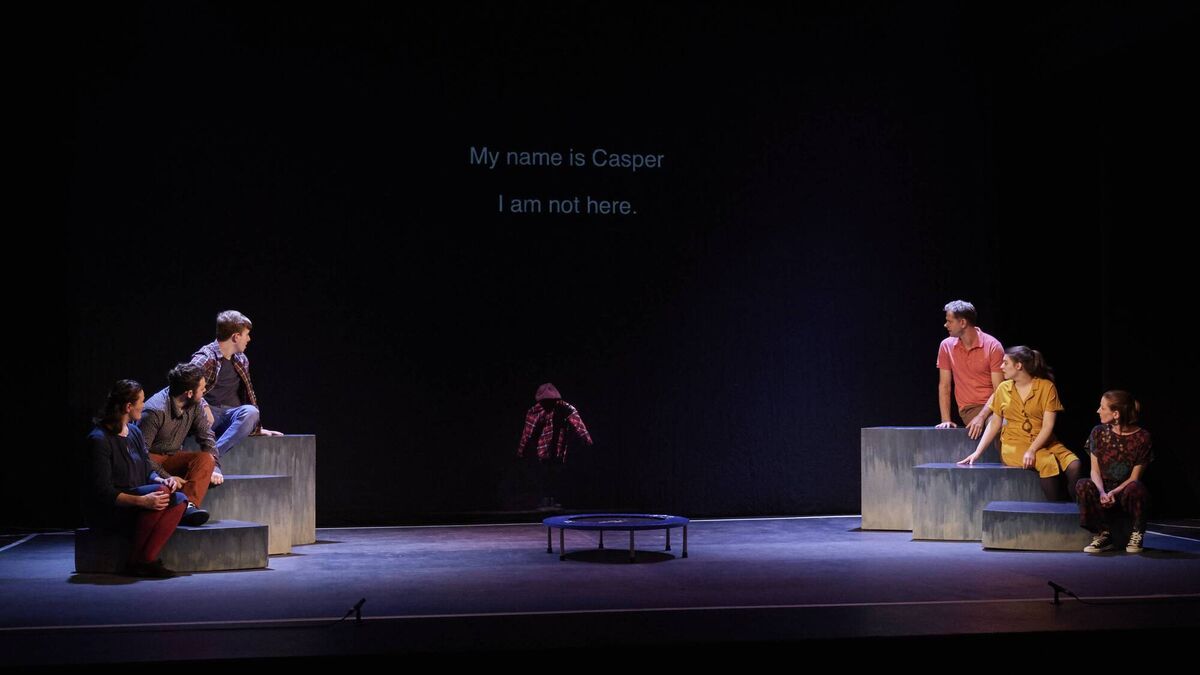
Now in her early 40s, she says as a child people were less familiar with the different ways Autism can show itself.
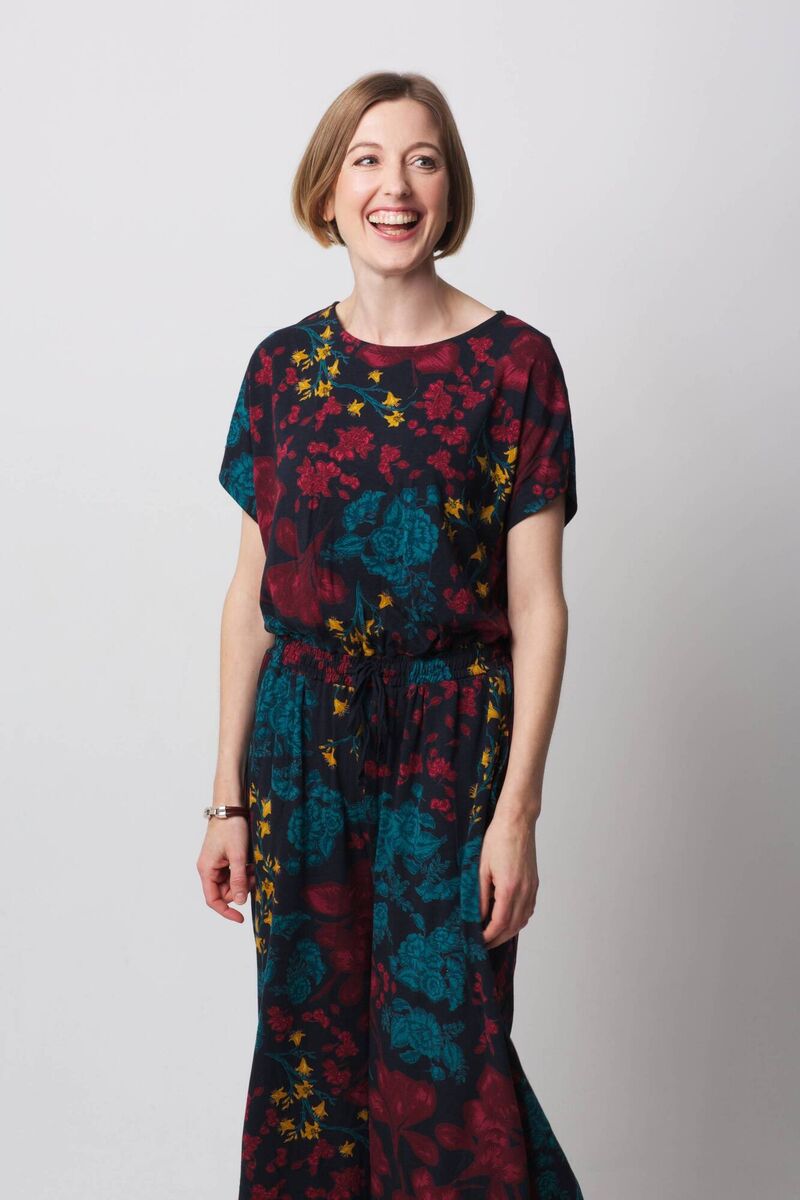
"One woman said she had lived 40 years and now knew what was wrong with her, she was going to seek a diagnosis. It has a direct impact on people,” she said.



